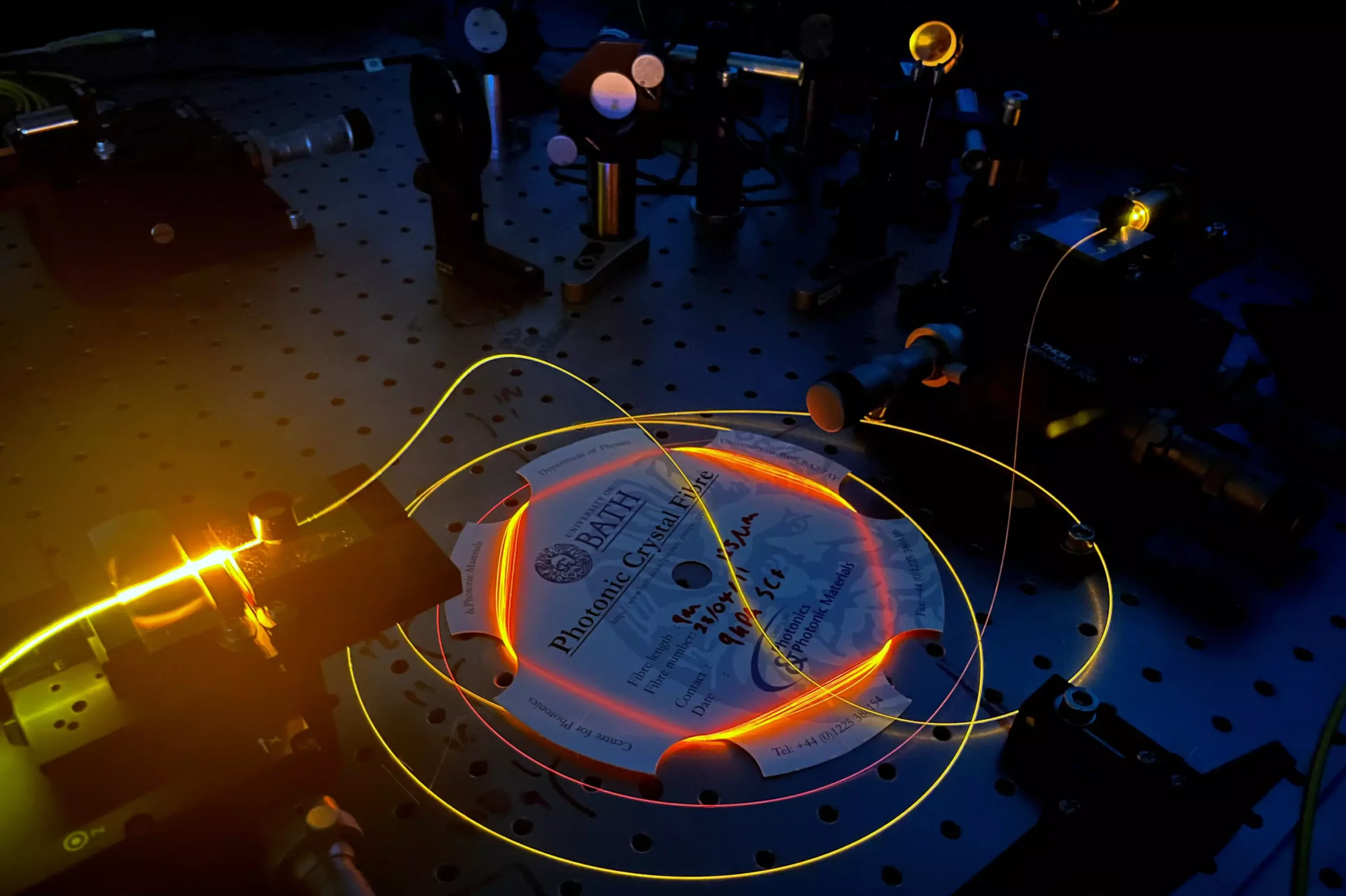In the ever-evolving landscape of technology, quantum computing stands as a beacon of possibility and potential. With its capability to solve intricate problems that classical computers grapple with, quantum technology offers transformative benefits across various fields—be it medicine, cryptography, or even artificial intelligence. As we venture towards an age where quantum computing becomes the norm, the current methods for data transmission are being put to the ultimate test. The University of Bath in the UK has emerged as a leader in responding to the challenges presented by quantum data transfer by developing a new generation of specialty optical fibers.
Limitations of Conventional Optical Fibers
The existing infrastructure for global data transmission relies on conventional optical fibers whose cores are made from silica glass. While these fibers have served well in handling everyday telecommunications, they are less than ideal for quantum applications. Dr. Kristina Rusimova and her team have pointed out that traditional optical fibers operate on wavelengths dictated by the inherent losses in silica, which do not align with the requirements of quantum technologies like qubits and single-photon sources. The structural limitations of these fibers could hinder the efficient transfer of quantum information, posing significant challenges as we aim to establish a quantum internet.
Innovative Design: Micro-Structured Cores
The specialty optical fibers developed at Bath incorporate a micro-structured core, featuring a complex array of air pockets that run the entire length of the fiber. This innovative design allows for improved manipulation of light, enabling the creation of entangled photon pairs and the transformation of photon colors. In contrast to the rigid structure of traditional optical fibers, this new design’s flexibility offers the potential for significant advancements in quantum communications. According to Dr. Cameron McGarry, the quest for a robust quantum internet is integral to harnessing the benefits of emerging quantum technologies. This suggests a compelling need to rethink and re-engineer the very fibers that carry our communications.
Specialty Optical Fibers: Building Blocks for the Quantum Network
As the researchers illustrate, the implications of specialty optical fibers extend beyond mere data transmission. These fibers could effectively serve as quantum repeaters integrated into communication networks, thereby extending the range and efficiency of quantum communication systems. The flexibility to implement these fibers at network nodes brings an exciting dimension to the potential of quantum computing, enabling them to act as sources of entangled single photons or even vessels for quantum memory. This capability not only helps in connecting nodes but also paves the way for computations being performed directly within the optical fibers.
The Implications of Quantum Entanglement
A cornerstone of quantum computing is the phenomenon of quantum entanglement, wherein pairs of photons can influence each other instantaneously, regardless of the distance between them. This “spooky action at a distance,” as Einstein famously termed it, permits multiple quantum states to exist simultaneously, allowing for exponential increases in computational power. The challenge ahead lies in how to effectively harness this capability using advanced optical fibers designed specifically for quantum applications.
The Road Ahead: Overcoming Challenges
Despite the promising advancements, the journey toward realizing a fully functional quantum internet is marred by significant challenges. Dr. Alex Davis emphasizes the ability of these specialty fibers to not only confine light but also transport it over extensive distances. This characteristic is paramount for generating entangled photons and producing exotic quantum states that hold potential for precision sensing and secure communication. The technological roadblocks identified by the team at Bath could serve as a fertile ground for further research, opening up new avenues in quantum technologies.
The Future of Quantum Communication
The world watches with bated breath as researchers push the boundaries of what’s possible with micro-structured optical fibers. While quantum advantage—the ability of quantum devices to outperform their classical counterparts—has yet to be definitively demonstrated, the groundwork laid by teams like the one at the University of Bath is crucial for achieving this milestone. The innovations birthed from this rigorous research stand to not only redefine our understanding of data transmission but also revolutionize the landscapes of healthcare, security, and beyond.
In a world gradually shifting towards quantum capabilities, it’s these remarkable advancements in optical fiber technology that will serve as the lifeblood of tomorrow’s quantum infrastructure, bridging today’s capabilities with the infinite potentials waiting to be unlocked.


Leave a Reply